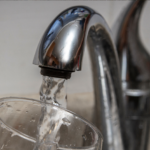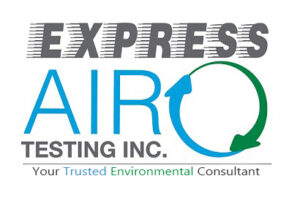What is Lead
Lead, a naturally occurring metal, is abundantly found throughout the Earth. It has been used in a wide variety of products including gasoline, paint, plumbing pipes, ceramics, solders, batteries, and even cosmetics. Lead was added to paint as a pigment to maintain the vibrance of the color longer. The heavy metal additive also decreased the drying time and made the paint more durable and resistant to moisture. This made lead-based paint ideal for homes. It is very soft, highly malleable, and resistant to corrosion but tarnishes upon exposure to air.
Why Testing is Recommended and Health Effects
Lead is most harmful to infants and children whose developing immune systems are more susceptible to harmful pollutants. Children exposed to dangerous lead levels can suffer from learning disabilities, hearing loss, behavioral problems, and even death. Adults can also be victims of the hazardous effects of lead. Reproductive issues, pregnancy, high blood pressure, to name a few. Due to this, the U.S. Government banned the use of lead paint in 1978. Today the primary source of exposure to lead and lead dust in the U.S. is in homes built before 1978.
The primary pathway for lead exposure is through ingestion or inhalation of lead dust particles. Lead is a pollutant regulated by many laws administered by the EPA, including the (TSCA) – toxic substance control act and the EPA RRP Guidelines.
Testing Process
Lead testing is performed by collecting paint chips and analyzed by an accredited laboratory. Another method is by using an XRF (X-Ray Fluorescence) lead analyzer, which gives onsite results.
Lead testing is also performed by use of lead wipes. This is usually done after remediation by wiping certain areas to ensure settled lead dust has been successfully removed.





